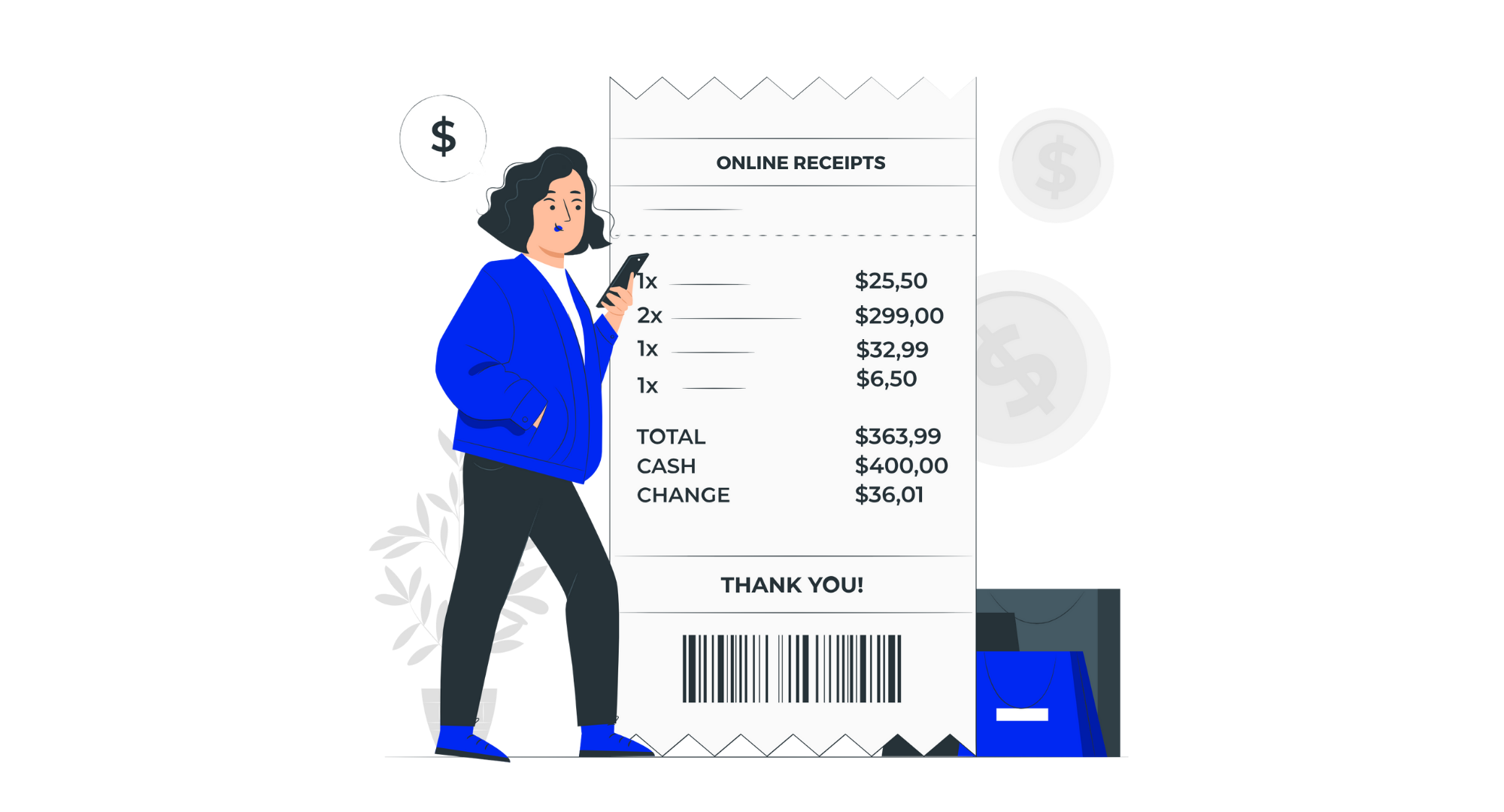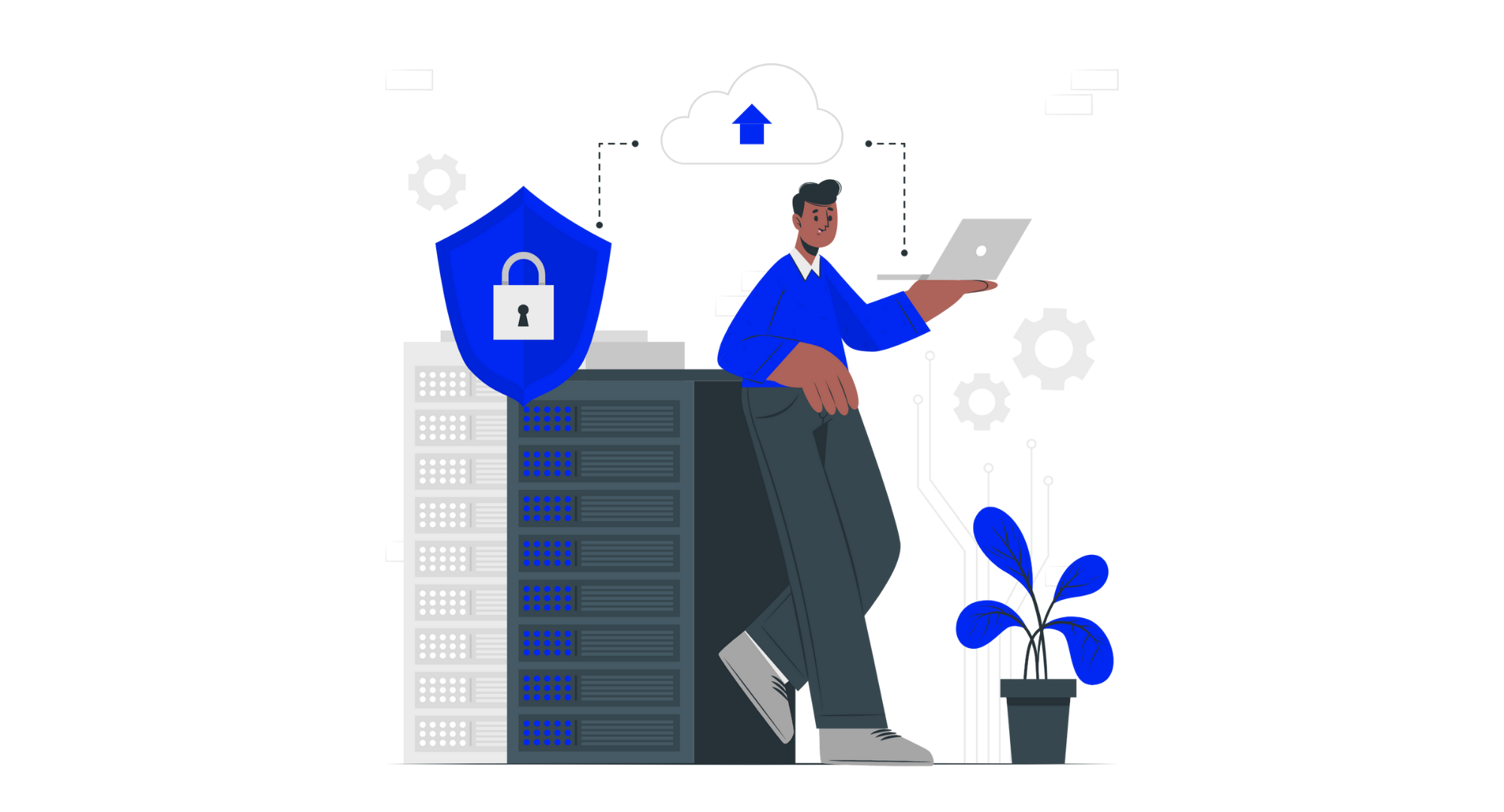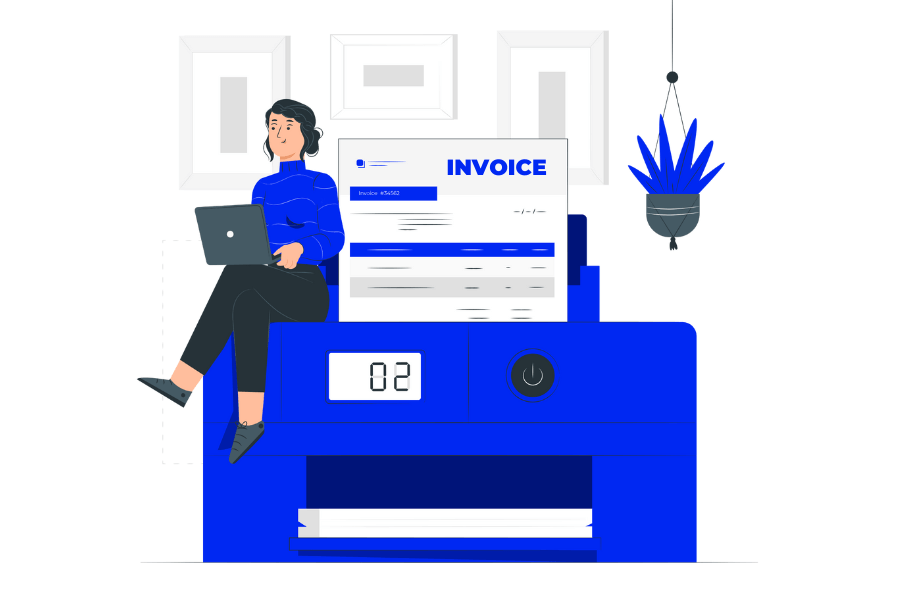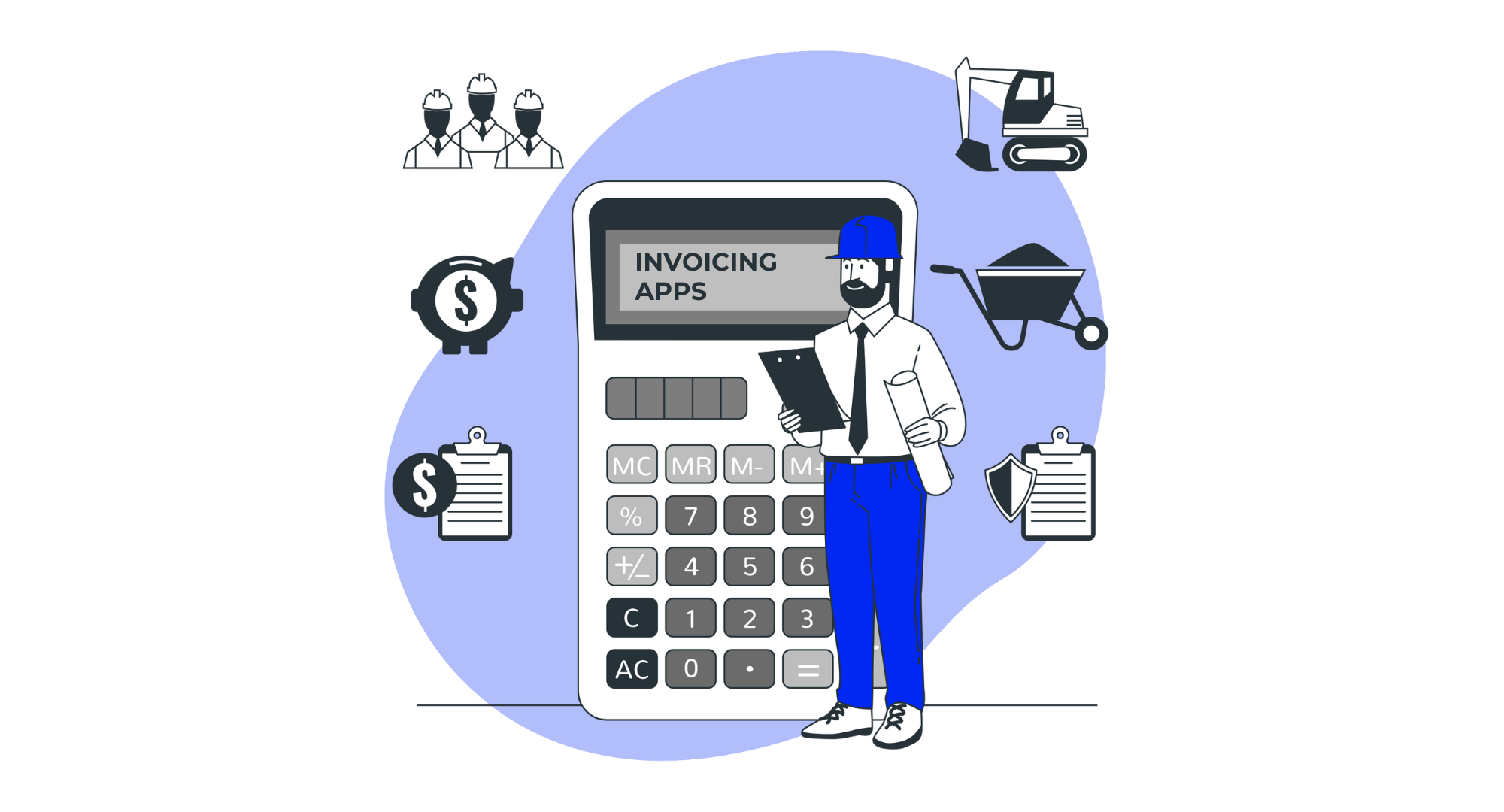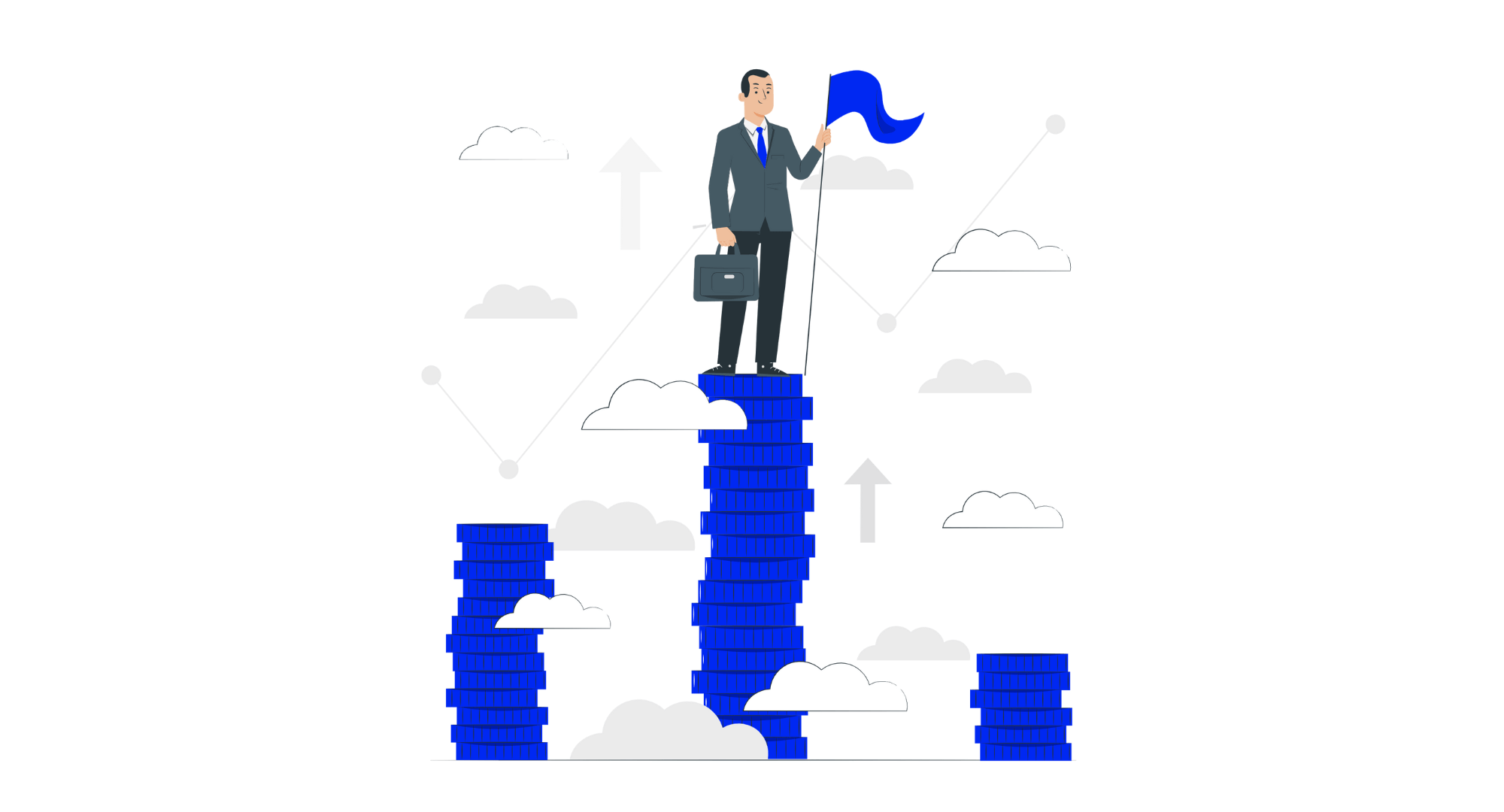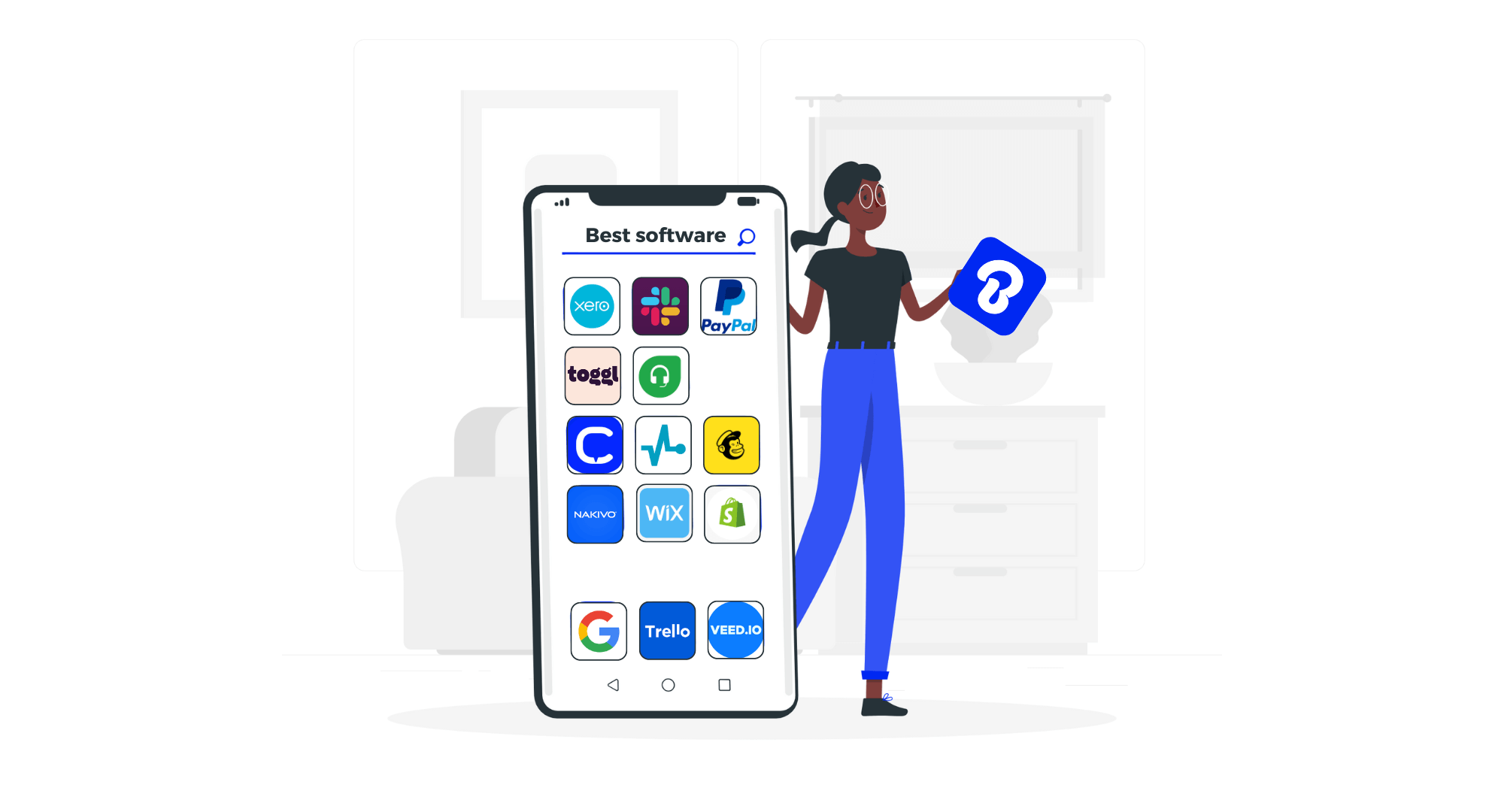
We are living in a digital age so there’s no surprise why companies are choosing to use online receipts for their customers. But not all organizations have chosen to go digital with their proof of payments so how does this impact their business?
Opting to go digital can have profound implications for any company. If you decide to go paperless you may increase your revenue. There are plenty of advantages to using online receipts and it may even improve customer or client satisfaction.
Keep reading to find out what digital receipts are, if you can customize them and what the benefits of going paperless are.
What Are Online Receipts?
When customers buy goods from a company the manager and the consumer must have proof of payment for the items that were bought. The purpose of a receipt is to provide proof of a financial transaction between the customer and the business.
In the past, receipts could only be printed out on a strip of paper. This indicated the price of an item, the amount paid by the customer and the date the receipt was printed. Merchants had to keep these receipts stored in physical files to keep track of their finances.
Now, small businesses and even freelancers have the choice of creating online receipts to send to clients. Instead of printing the information on paper, the receipt is sent to a client via email or on another digital platform.
Unsure about the distinction between invoices and receipts? Clarify their differences by checking out our detailed article.
What Information do Online Receipts Contain?
Digital receipts, much like their physical counterparts, contain specific pieces of information crucial for record-keeping, accountability, and verification. Here’s what they typically include:
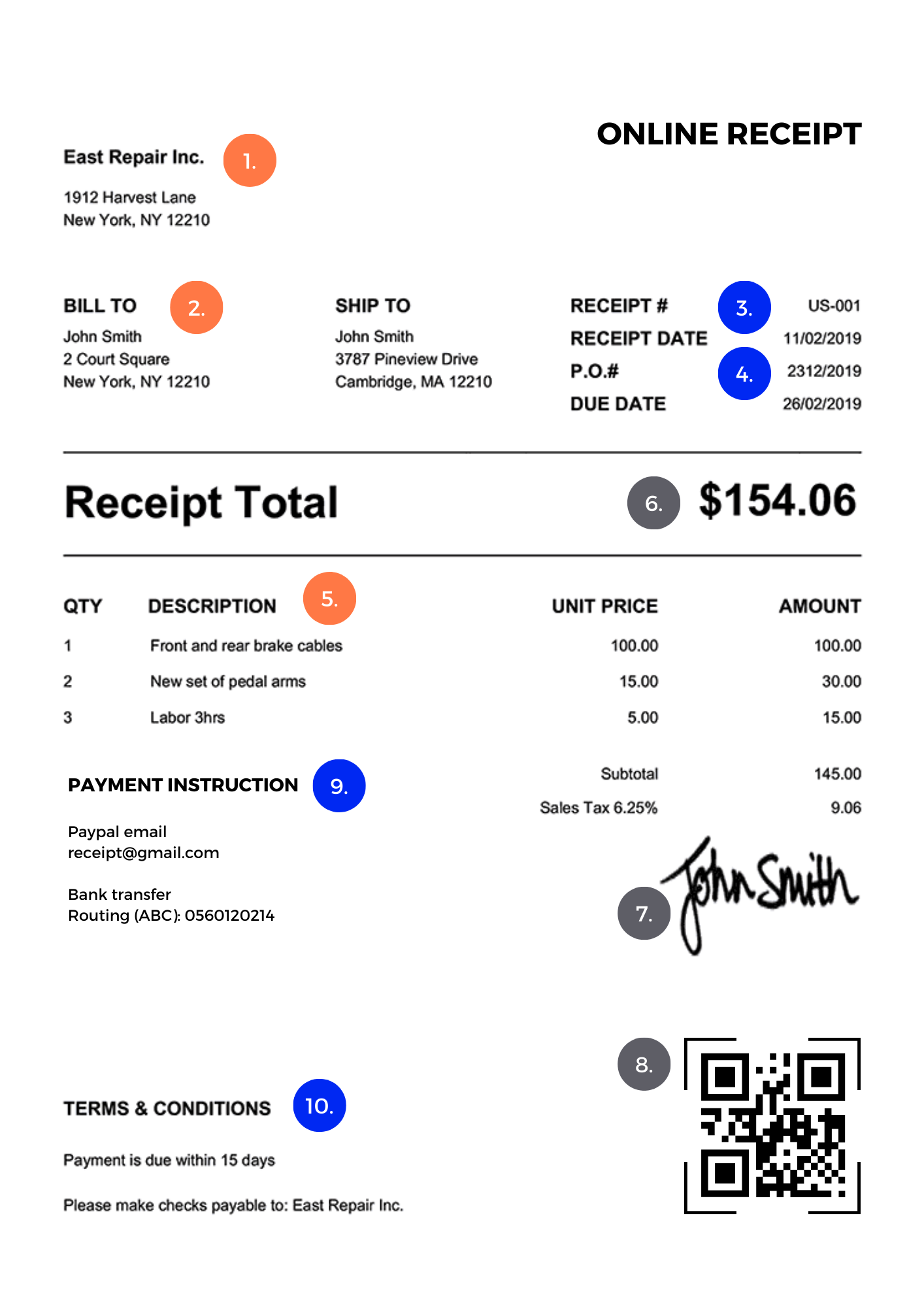
1. Vendor Detail
Name, contact information, and address of the store or service provider.
2. Recipient Details
Name and contact information of the customer or party who made the purchase, essential for identifying the transaction’s rightful owner.
3. Receipt Number
A unique identifier for the transaction, useful for referencing the transaction in future communications.
4. Transaction Date
The complete date (and often the time) when the transaction occurred.
5. Items/Services Purchased
A detailed list of the product(s) or service(s) bought, including quantities, if applicable.
6. Costs
Individual prices of the product(s) or service(s), alongside any discounts, taxes, and the total cost.
7. Digital Signature
Depending on the system, there might be a digital signature or a verification code.
8. Barcode or QR Code
Often used for returns or warranty claims, facilitating easy reference for the retailer or service provider.
9. Payment Information
How the customer paid (payment methods like credit card, PayPal, etc.), often including the last four digits of the card number for verification.
10. Return Policy
Information on the vendor’s return/exchange policies, if applicable.
This structured digital record keeps transactions clear and straightforward, ensuring that all parties have the necessary details for accountability, returns, or future reference.
Types of Digital Receipts
Ever considered the myriad types of receipts that chronicle our daily exchanges? From the tactile familiarity of paper receipts to the seamless convenience of their digital counterparts, each is a silent custodian of our financial narratives.
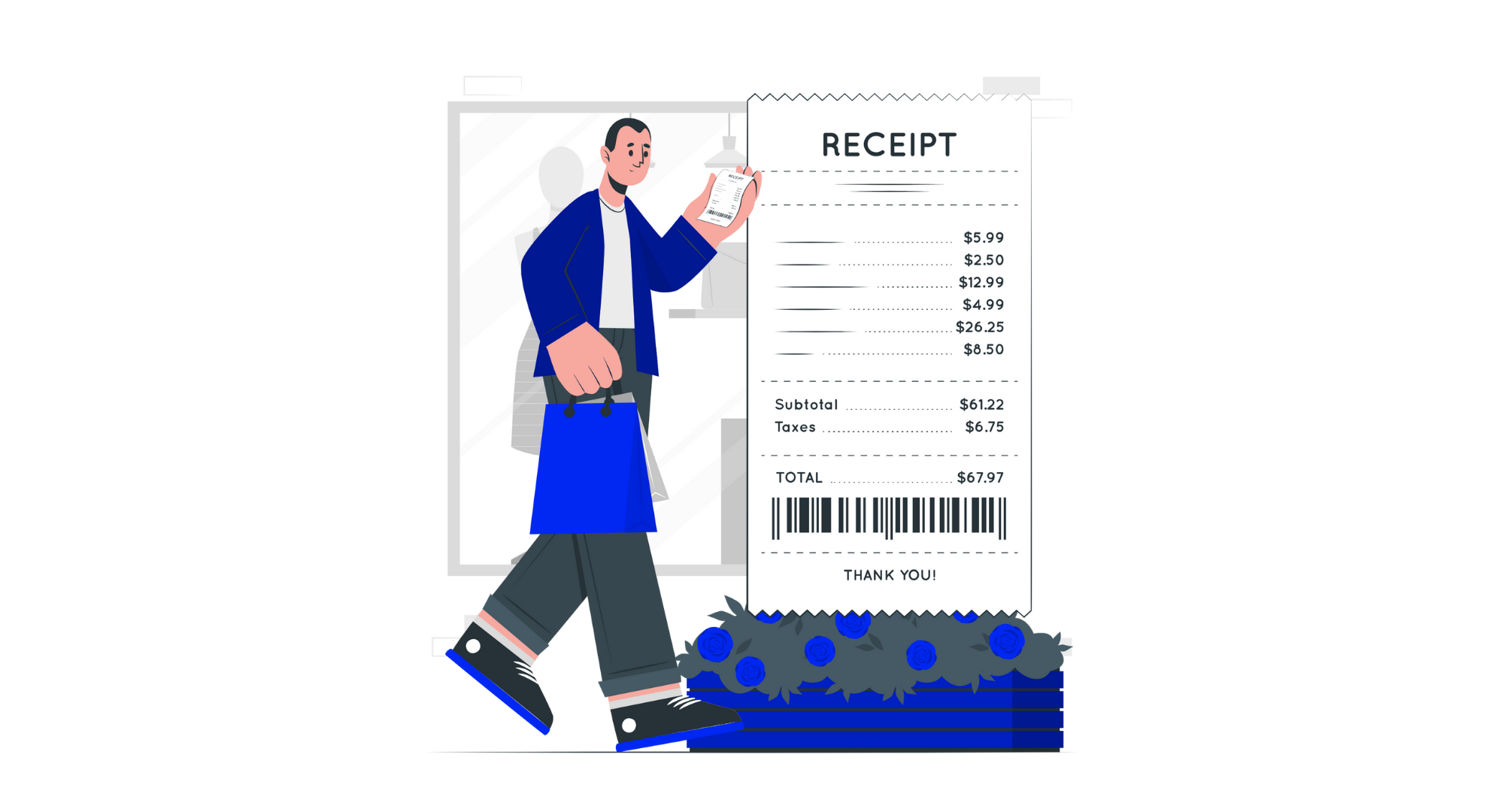
These unassuming emissaries are crucial, providing indisputable evidence of our economic activities and facilitating a structured approach to financial management.
- Bank Transaction Receipts: These are issued by banks post any transaction made within the bank or through its services, confirming the completion of the transaction.
- Transaction Receipts: A broad category, these receipts serve as proof of any business transaction and can include both digital and physical receipts.
- Purchase Receipts: These are standard receipts that confirm the sale of goods or services, typically detailing the item(s), quantity, and total cost.
- E-receipts and Digital Receipts: Sent electronically via email or other digital means, these receipts provide a convenient, eco-friendly record of purchase without the clutter or environmental impact of paper.
- Business Receipts: Used in various business-to-business transactions, these documents confirm the receipt of a purchase between companies.
- Reimbursement Receipts: Especially relevant for business expenses, these receipts are necessary for employees to prove their expenditures when requesting reimbursement.
- Return Receipts: Issued when an item is returned, these receipts confirm that the product has been accepted back, and they often detail the refund or exchange policy followed.
- Credit Card Receipts: These are issued when a transaction is made using a credit card, showing the last few digits of the card, the amount charged, and often requiring a signature.
- Paper Receipts: The traditional form of receipts, printed on paper, and given immediately following a transaction.
- Cash Receipts: Issued for cash transactions, these receipts are crucial for accurate cash handling and financial record-keeping.
- Handwritten Receipts: Often used in smaller or traditional businesses, these manually written receipts are given as proof of purchase, typically signed by the person issuing the receipt.
- Invoices: While not receipts in the traditional sense, invoices are requests for payment and become receipts once they’re marked as paid, serving as proof of transaction in various professional services and business-to-business dealings.
- Gross Receipts: These are often used in financial reporting, representing the total amount of revenue received from all sources before any deductions or expenses.
- Delivery Receipts: Used in shipping and logistics, these receipts confirm that a delivery has been made and often require the recipient’s signature as proof of delivery.
- Service Receipts: Issued by service providers outside of retail, such as consulting, legal, or freelance work, detailing the nature of the service provided and the total cost.
Each of these receipt types has its specific uses and relevance, catering to different sectors, transaction types, and record-keeping needs in both personal and professional realms. They form an essential part of financial documentation, accountability, and regulatory compliance.
Digital e-receipt template
Experience streamlined financial documentation with Billdu’s digital e-receipt template. This intuitive tool simplifies transactions, allowing businesses to generate professional, compliant, and customizable e-receipts with ease. Enhance your record-keeping, reduce paper waste, and provide immediate, clear transaction confirmations to your customers.

